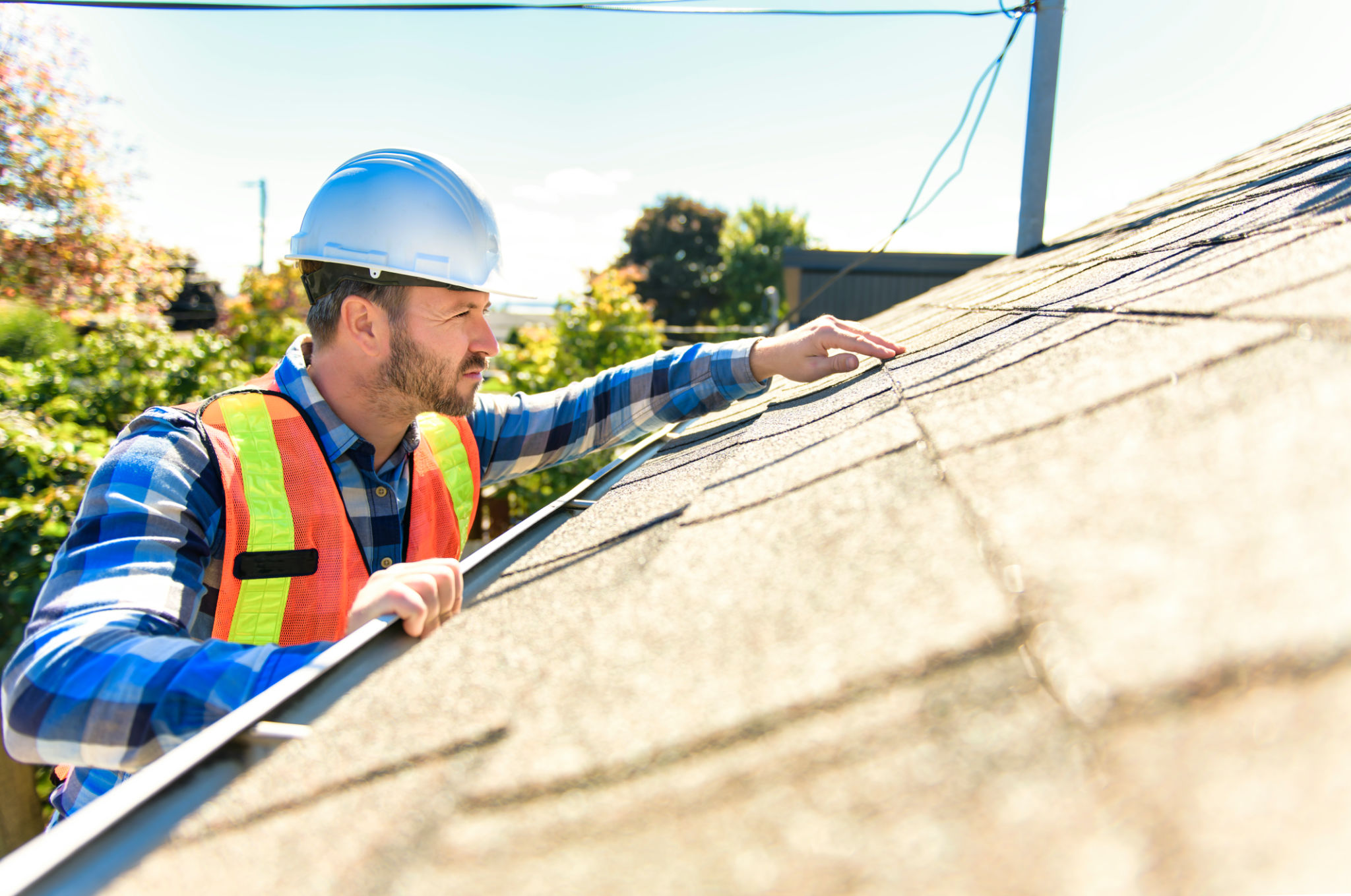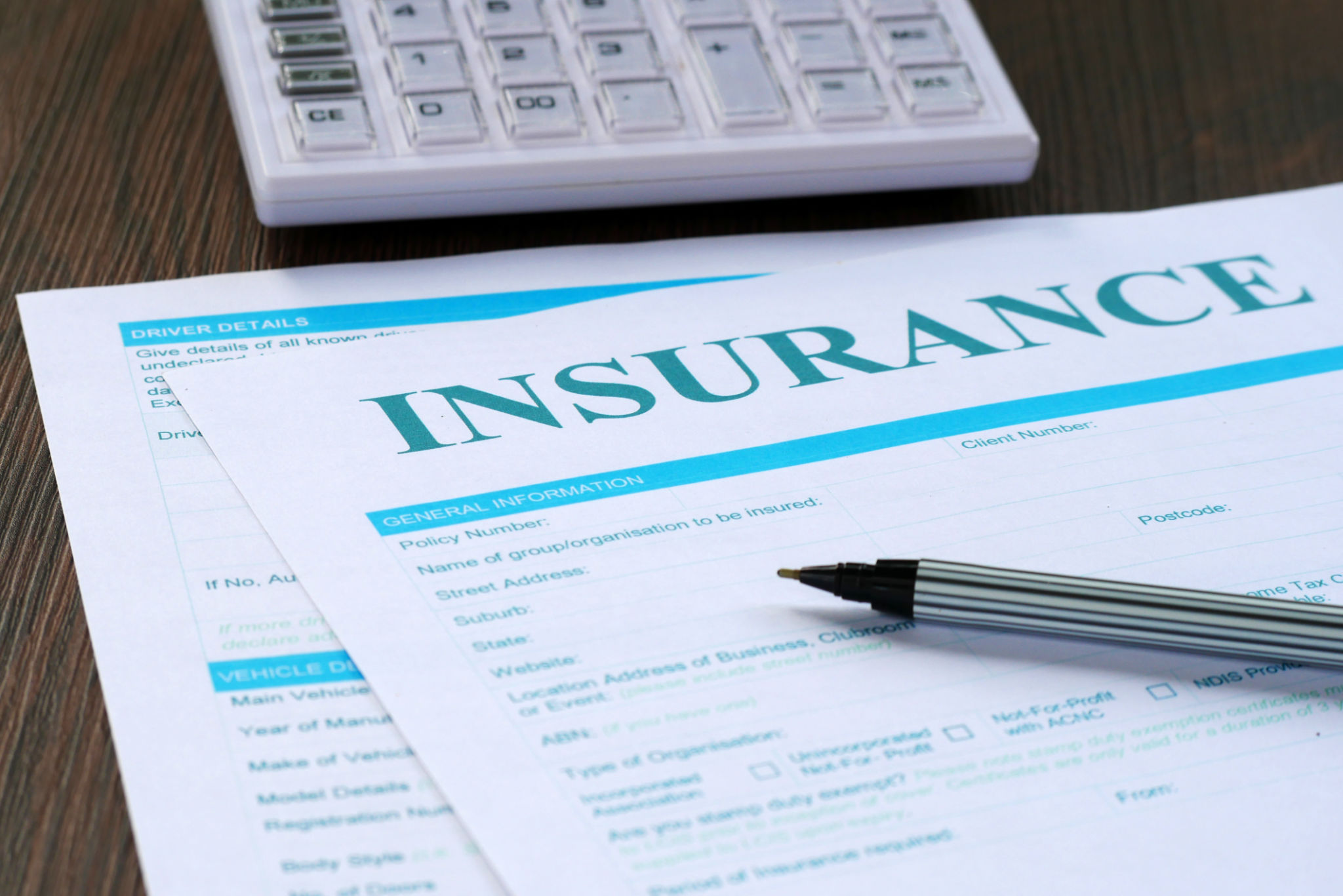The Complete Guide to Post-Storm Roof Inspection: Ensuring Your Home's Safety
Understanding the Importance of Post-Storm Roof Inspection
After a storm has passed, it’s crucial to assess any potential damage to your home, especially the roof. Your roof is the first line of defense against the elements, and even minor damage can lead to significant problems if not addressed promptly. Conducting a thorough post-storm roof inspection ensures your home remains safe and secure.

Signs of Roof Damage
Before climbing up to inspect your roof, look for signs of damage from the ground. Visible indicators can include missing or broken shingles, debris accumulation, and gutter damage. Inside your home, watch for water stains on ceilings or walls, as they might suggest leaks caused by roof damage.
Another critical aspect to examine is the attic. Check for leaks or moisture, as well as any light peeking through the roof. These signs can indicate compromised roofing structures that need immediate attention.
Tools Needed for a Roof Inspection
Performing a roof inspection requires some basic tools. Ensure you have a sturdy ladder, a pair of binoculars for a close-up view from the ground, gloves for protection, and a notepad to jot down any observations. A camera can also be handy for documenting any visible damage.

Conducting the Inspection
Start by carefully climbing onto the roof if it’s safe to do so. Walk along the roof's surface and inspect each section thoroughly. Pay special attention to areas around chimneys, vents, and skylights, as these are common spots where leaks can occur. Check for any loose or damaged shingles and ensure that flashing is intact and secure.
Inspect the gutters as well. They play a crucial role in directing water away from your home. Ensure they are free of debris and that there is no separation from the roofline. Any sagging gutters should be repaired promptly to prevent water overflow.

What to Do If You Find Damage
If you identify any damage during your inspection, it’s important to address it immediately. For minor issues like loose shingles or small leaks, you might be able to perform repairs yourself with proper guidance. However, for more extensive damage, hiring a professional roofing contractor is recommended to ensure the job is done safely and effectively.
Additionally, document all damage with photographs and notes. This documentation will be valuable when filing an insurance claim or discussing repairs with a contractor.
Working with Insurance
If your roof has suffered significant damage, contact your insurance company as soon as possible. They will likely require evidence of the damage and may send an adjuster to assess the situation. Having thorough documentation from your inspection will facilitate the claims process.

Prevention and Maintenance Tips
Regular maintenance can help prevent extensive damage in future storms. Trim overhanging tree branches near your roof to reduce the risk of them falling during high winds. Ensure your gutters are cleaned regularly to prevent water backup. Additionally, consider scheduling annual professional inspections to catch potential issues before they become major problems.
By staying proactive about your roof’s condition, you can ensure it remains in top shape and continues to protect your home from the elements.
